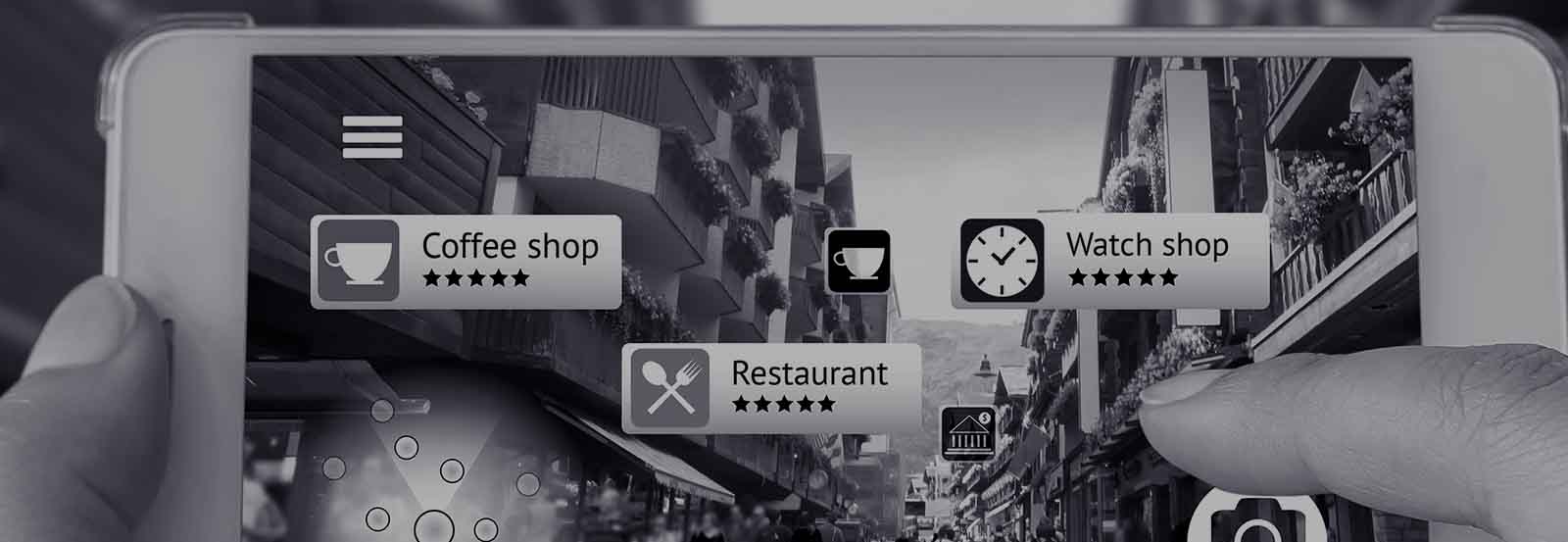
Just received an alert for cash withdrawal from an ATM? Just got a booking confirmation or a promotional offer from an airline? A simple SMS is what pushed those to your mobile number. This simple yet powerful tool is the enabler for multiple brands that you engage with. As far as mobile is concerned, ease and ubiquity of SMS has made it the preferred communication channel over the years – it works on every phone, on every network and nearly everyone knows how to effectively use it. Businesses and consumers are habituated to engaging over SMS for the most commonplace as well as sophisticated engagements. This has ensured that application to peer (A2P) SMS remains the most relevant communication channel in the business to consumer (B2C) world.
The chances of a brand’s app actually gaining traction are slim to none. But brands want to connect with consumers in a highly personalized way. The solution lies in leveraging the longest serving mobile communication channel and marrying it with a bot-based intelligence – SMS chatbots.
The case for conversational SMS engagement
Mostly, SMS based engagements are rule-driven and meant for routine limited engagements. Transaction alerts come in a set format, governed by pre-defined triggers/rules. Similarly, to seek information one has to send a certain keyword to a number. Normally, there is negligible scope for extending the conversation and definitely not in normal conversational language. Consumers are demanding conversational engagements with brands. Consider an engagement with a spa – the spa would ask you to SMS “YES” to confirm the appointment. This is rule based and puts the onus of sticking to a keyword on you. Instead of keywords, customers want to engage more naturally by texting something like “Yes, but only if you cannot reschedule on Monday. ”Consumers are not really looking for a new communication tool beyond SMS. They simply want intelligent and value adding conversations with brands using this preferred channel. Just imagine if communication with a brand could be conversational like chatting with a friend.
Enter SMS chatbots
This does sound too good to be true, but this is what SMS chatbots do. For example, if you can ask for a new loyalty card from your favourite retailer, ask for it to be sent to your new address and seek information on new features – all in the same conversation thread, in normal conversational language over SMS. No rules, no keywords, no disparate conversations and no compulsion to use a website or an app. SMS chatbots are not an unexplored phenomenon. They do exist in some shape and form today. One of the top Indian banks has enabled its customers to communicate and avail services (mobile recharge/top up, bill payments, SMS banking) via free text SMS. This is nothing but an SMS chatbot. This has freed the customer from the hassle of remembering keywords and being bound by what is possible and what is not in one communication thread. It also ensured that the customer’s options are not limited just because he did not or could not use the app. SMS chatbots can also potentially enable the government to engage with the citizens. It can make their services and digital initiatives accessible and engaging. SMS has been enabling major digital initiatives under “Digital India” program like alerts on new policy decisions directly from the PM, extension of e-Sampark initiatives to the citizens etc.
They can enable seamless and “no protocol” conversation with government bodies for every citizen. A farmer could get latest weather updates or crop rates through a conversational interaction over SMS. One could get queries like “How to avail a government scholarship? Or how to reschedule a passport office appointment?” answered via conversational SMS. All this and more can be enabled by SMS chatbots, thereby empowering every citizen, with access to SMS, to transact seamlessly with a government body.
So, what exactly are SMS Chatbots and how do they really work?
For anyone lacking time or an assistant or the desire to make a laborious phone call or go online, the SMS chatbot can address your needs through the simplicity of SMS.
For example, a bank sends a customer a message saying his/her debit card has been auto upgraded and the new card will be dispatched today. In response, the customer texts back asking for details of this new card. By recognizing the words “new card,” the bot responds with a message like: “Hello Rajesh, I believe you are requesting information about your debit card which has now been upgraded to the ‘Platinum Category’. The key features are x, y and z. For complete details, please click here.”
“SMS chatbots make it easier for people to communicate with businesses in a natural, conversational language as compared to search engines where you have to input not so natural ‘keywords’. Think of it as an easy to use replacement for all the apps you have downloaded,” says Karix Mobile COO, Deepak Goyal. Instead of opening the Airlines app, an SMS chatbot could tell you your flight is delayed. Another SMS chatbot from FedEx could tell you your package is on the way, and so on. They take customer engagements to another level altogether. Enterprises/brands are given access to SMS Software Development Kits (SDKs) by the bot platform. They build interactive experiences and bots for interactions, shopping, booking etc. These platforms enable the enterprise to send and receive SMS content with Calls to Action (CTAs) for recipients. These platforms have engines that use natural language assistance and enable ongoing training of bots using sample conversations.
This enables enterprises to create conversational bots that can automatically chat with users. You just convey what your user said and the engine prompts what your bot should do next. Of course, all this doesn’t happen in a day – bots get smarter as they learn from conversations. They work exactly like a friend – the more you communicate, the more it gets to know you.
Why SMS chatbots over other platforms/channels?
Power of SMS
As per MobileSQUARED, about 90% of SMSes are read within three minutes of delivery and over 99% are read by the recipient. “Whatever happens, these new SMS services demonstrate, the old-school art of texting remains one of the most pervasive and important communication channels. Not everyone has a smartphone, but the vast majority of people, about six billion, can text. As a communications medium, SMS is almost perfect. ‘Click-through’ rate of SMS is aspirational for web and e-mail based engagements,” says KeyPoint Technologies Director-Marketing, Deepti Mani Saxena.
The minimally elegant customer experience
“Combining SMS experience with SMS based customer service, is nothing less than the evolution of customer service itself. As SMS becomes even more of a global obsession, companies should take advantage of this”, emphasizes Goyal. Customers can use any existing SMS messaging client, which means their new-user learning curve is almost non-existent. Customers simply send SMSes to a phone number as they normally would and interact like they would with a friend. To use these “app-less apps”, one’s phone doesn’t even need to be “smart.” This makes it a game changer for countries like India.
The Future
Multiple businesses stress the need to adopt new channels of mobile engagement but continue to swear by the power of SMS. Its ubiquity, about 100% reach and ease of adoption makes it the most pervasive and future proof communication channel. Undoubtedly, SMS chatbots will grow as more relevant use cases are created. While the case is compelling for the consumer, it is as strong, if not stronger for businesses. Businesses realize that it takes significant money and effort to convince a consumer to download an app. The chances of a brand’s app actually gaining traction are slim to none. But, brands want to connect with consumers in a highly personalized way. The solution lies in leveraging the longest serving mobile communication channel and marrying it with bot based intelligence – SMS chatbots.
“I think in emerging markets SMS is actually the perfect medium for chatbots. In today’s world the customer service reality for brands is that most interactions usually boil down to the same five questions. If you can automate and direct those away from a human interface to an intelligent bot interface, using a channel which customers actually prefer, you’ve reduced costs by half. So I see SMS chatbots revolutionizing customer service and resulting in huge savings for enterprises.” asserts Goyal


